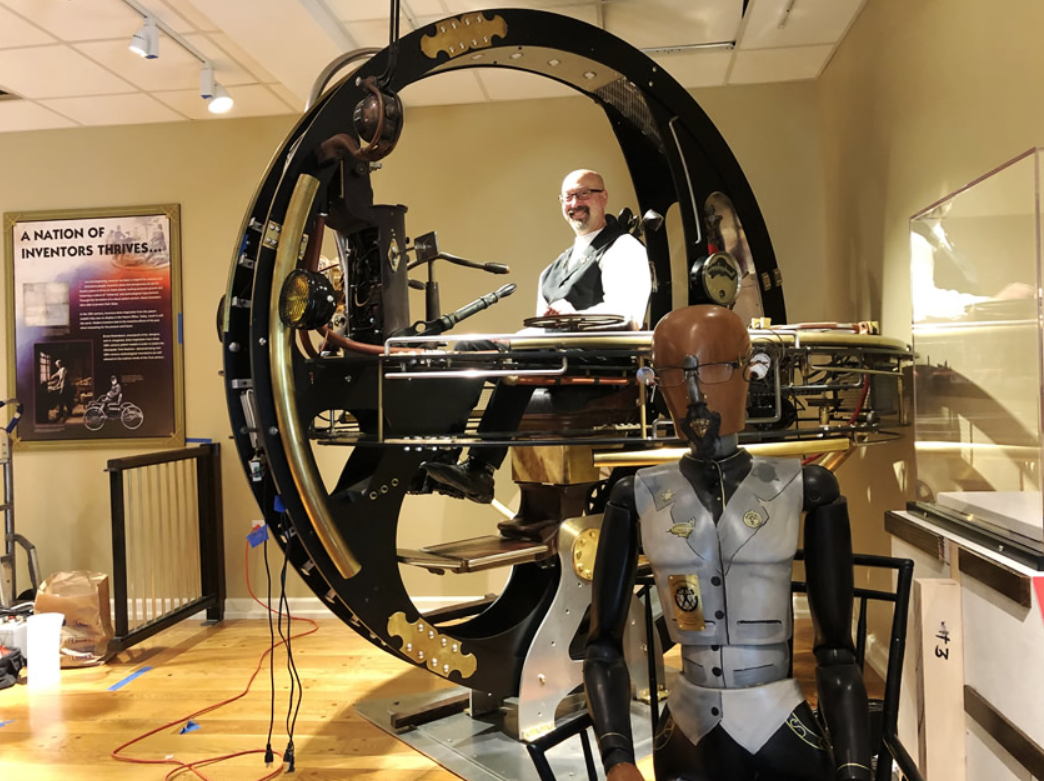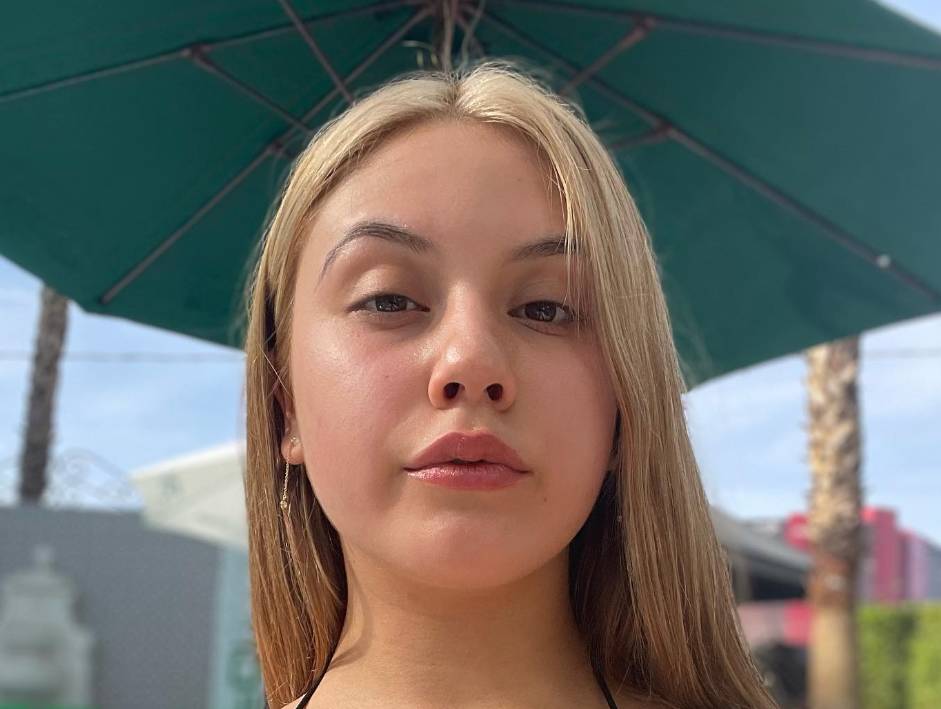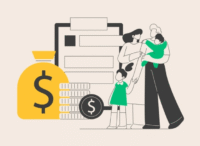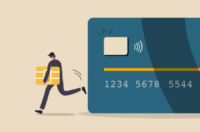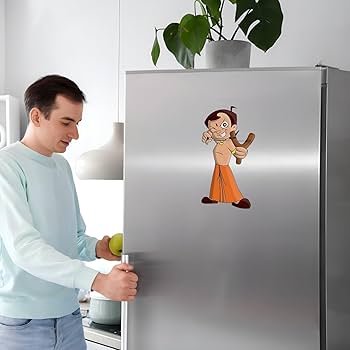Patents are a means by which the government gives inventors ownership of their creations or inventions. So, the first thing any inventor will do is to get a patent for their devices or inventions.
Table of Contents
Time travel remains theoretical and debated in the real world. Therefore, using a time machine to patent an invention before its original inventor raises fascinating questions about intellectual property law, causality, and the practicalities of patent systems.
In this write-up, we can explore this question through the lens of U.S. patent law and logical reasoning to determine whether such an act would grant legal ownership of the patent.
Understanding the fundamentals of patent laws
Under patent law, ownership of a patent is determined by who first invents or files for the invention. To acquire a patent, the invention must meet three criteria: originality (new), non-obviousness, and utility.
Patent gives the holders the exclusive rights to sell, use, or import the invention for limited time fame, typically 20 years from the filling date.
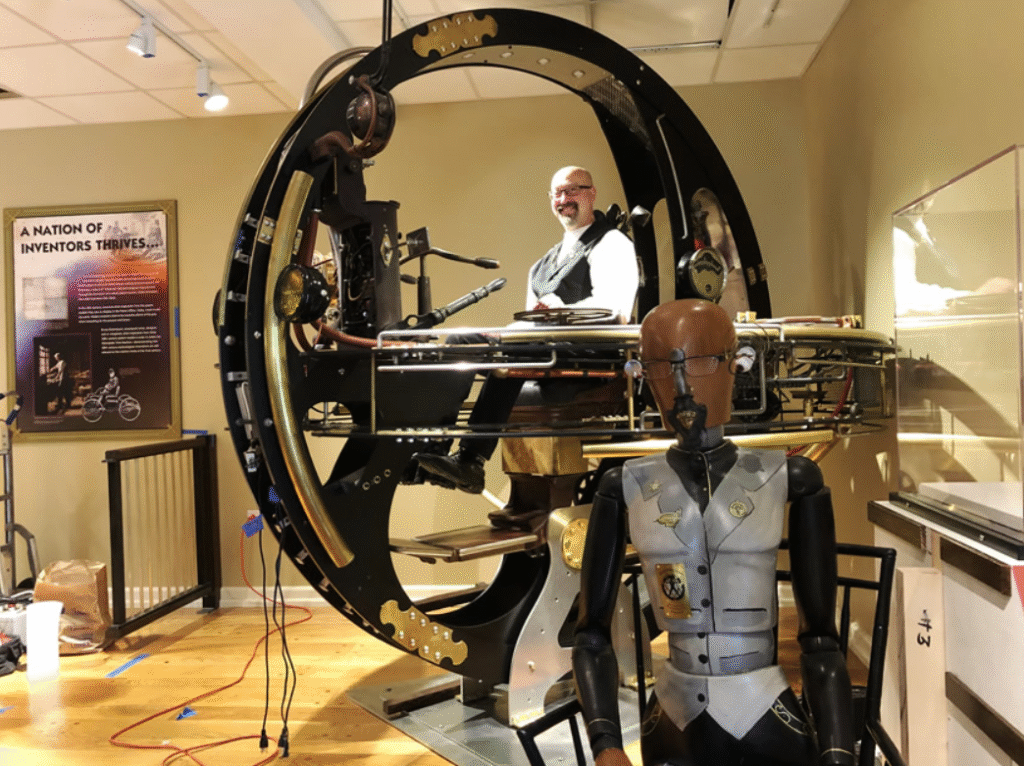
Patents protect innovations by allowing its inventors to have control over the inventors. They are regulated by the U.S. Patent Act (35 U.S.C.), and administered by the United States Patent and Trademark Office (USPTO).
Since the America Invents Act (AIA) in 2011, the United States has also followed a first-inventor-to-file procedure. This theory indicates that the first person to file a patent application for an invention usually gets priority, assuming they are the original inventor or have legally got the invention’s specifics.
Time travel and patient filling
Time travel is still a theory, but assuming you use a time machine to travel into the past and file a patent on it before its actual invention by modern-day inventors. Theoretically, you might meet all the key criteria for a patent application under 35 U.S.C. 112.
Let’s say you file first and the USPTO grants the patent without detecting the issue; you could initially hold the rights. However, the patent’s validity could be challenged later if the original inventor or another party contests your claim to inventorship.
Problems of patenting before invention
Filing a patent application before the actual invention has several legal consequences. Some of these problems include lack of conception, fraud and invalidity, legal and practical impossibilities.
If a patent application is submitted for an unconceived invention, it indicates that there isn’t a real invention as of the filing date.
If you travel back in time before the requisite technology exists, the USPTO or examiners may challenge the practicality of your claims, as the enabling technology
Conclusion
Patent systems are designed to reward genuine innovation and public disclosure. Even if time travel were possible, patenting an invention before its actual invention would not be valid under current legal standards.
If you meet the USPTO’s standards for innovation, non-obviousness, and utility, and if the patent is issued without dispute, you might conceivably submit a patent for an invention that hasn’t been made yet.
Frequently Asked Questions
What is a patent?
A patent is a means by which the government gives inventors the exclusive right to make, use, offer to sell, sell, or import a specified invention.
How does someone apply for a patent?
You can apply for a patent by filling out an application form with the USPTO Patent Center online.
What are the criteria for a patent application?
To obtain a patent, your invention must meet key criteria namely novelty (newness), non-obviousness and utility(usefulness) of the invention.
Can I patent someone’s ideas?
You can patent someone’s ideas if your application meets the three key criteria, but that will mean you are stealing their ideas.
What to do if someone invents something but someone else patents it?
The best way is to try to prove the prior act. Due to the first-to-principle, priority is given to the one who files the patent first.
Can inventors get the same patents if they develop the same technology independently?
The answer is no. A patent is given to the first inventor.

